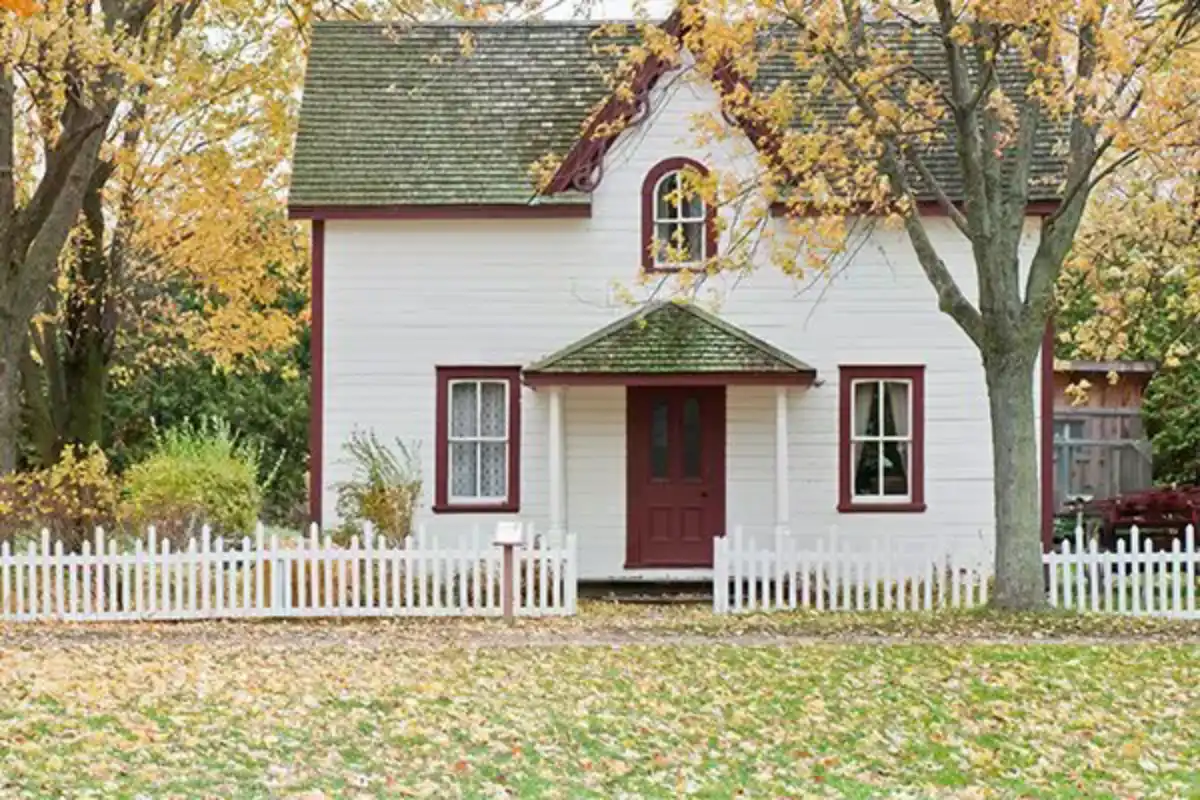States we serve: VA, MD, DC, PA, NC, SC, and WV
Winterize Now, Prevent Cold-Weather Problems Later
October 20, 2020 · Personal Lines

While you are enjoying the beauty of autumn, don't forget to set aside time to winterize your home. Properly preparing your home for winter can help minimize insurance claims that are common during colder months — saving you time and money in the long run.
Have questions?
Contact us today.
Please note: coverage cannot be bound or altered online. A service representative will need to contact you to finalize your request.
While you are enjoying the beauty of autumn, don't forget to set aside time to winterize your home. Properly preparing your home for winter can help minimize insurance claims that are common during colder months — saving you time and money in the long run. Not sure where to begin? Here are a few ideas to get you started.
Winterize the Outside
One of the first lines of defense against cold temperatures and winter storms is a strong home exterior. While the weather is still nice, winterize your yard and the outside of your home by doing the following:
- Survey your landscaping. Trim trees with overhanging limbs that could block your walkways or endanger your home or vehicles during heavy snowfall and ice storms.
- Check your driveway, sidewalks, porch, deck, steps, and handrails to make sure they are in good repair.
- Examine your roof closely. Remove moss, clear debris, and make any necessary repairs.
- Remove debris from gutters so heavy winter rains and melting snow can flow freely and not damage your roof or walls. Consider installing gutter guards to keep gutters clear from additional debris.
- Inspect and clean the openings of attic vents, exhaust ducts, and the dryer vent.
- Seal cracks and gaps around windows and doors. Seal around windows and walls where air-conditioning units are installed.
- Make sure your snow blower and other snow removal equipment are in working order. Having cleared walkways will help ensure no one is seriously injured on your property.
Keep Things Cozy on the Inside
When the weather outside is less than enjoyable, your home can be a cozy retreat. After you winterize the exterior of your home, here are some items to inspect on the inside:
- Replace batteries in smoke and carbon monoxide alarms once or twice per year. Test the alarms to ensure they are working properly once a month.
- Inspect your fire extinguishers to ensure they are ready for use. For safety tips, visit https://www.nfpa.org/Public-Education/Staying-safe/Safety-equipment/Fire-extinguishers.
- Before turning on your heating system, replace the filter and have the system professionally serviced. Replace the filter regularly throughout the season.
- If you use a fireplace or wood-burning stove, have the chimney or flue inspected each year.
- Check the insulation in attics, basements, and crawl spaces. Improper insulation can cause a variety of problems ranging from bursting pipes to snow melting too fast to be carried away efficiently.
- Keep things warm. Use caulk and weather stripping to seal up drafty areas around doors and windows.
- Maintain an interior temperature of at least 55 degrees Fahrenheit, even when you are not at home. The temperature inside walls can be a lot colder than the air in the rooms, putting pipes at risk of freezing. Seal any drafts and leave interior doors open to help keep an even temperature from room to room.
- Check your emergency supplies. Ensure you have adequate food and water, along with a battery-powered radio. You'll want a week's worth of supplies, or more if you live in a remote area.
- Avoid deadly carbon monoxide. Do not use your oven or stovetop to heat your home, and never use gas-powered generators or barbecue grills indoors.
Don't Let the Cold Get to Your Pipes
It's hard to think of a worse start to a winter day than waking up to frozen pipes. Here are some tips to help you prevent what could easily become a very messy and expensive situation:
- Before cold weather arrives, drain sprinkler and swimming pool supply lines. Detach, drain, and store outdoor hoses. If possible, close inside valves supplying outdoor hose bibs, and open the outside hose bibs for draining. Keep them open so any remaining water can expand without breaking the pipe. If you can't shut off the water from the inside, pick up some foam faucet covers.
- If you have pipes located along exterior walls or in unfinished or unheated spaces — such as a garage, attic, basement, or crawlspace — wrap the pipes with heating tape or cover them with insulation wraps or foam.
- During severe cold spells, you may want to leave all faucets, both hot and cold, running at a slight trickle. Leave the cabinet doors open in the kitchen and bathroom so your pipes aren't shut off from the warm air.
- If you end up with a frozen pipe, quickly shut off your main water supply, and call a licensed plumber to address the situation.
What other steps do you take to winterize your home? Share your ideas in the comment box below. If you own a cabin or vacation home, remember these tips are equally as important for unoccupied dwellings.




